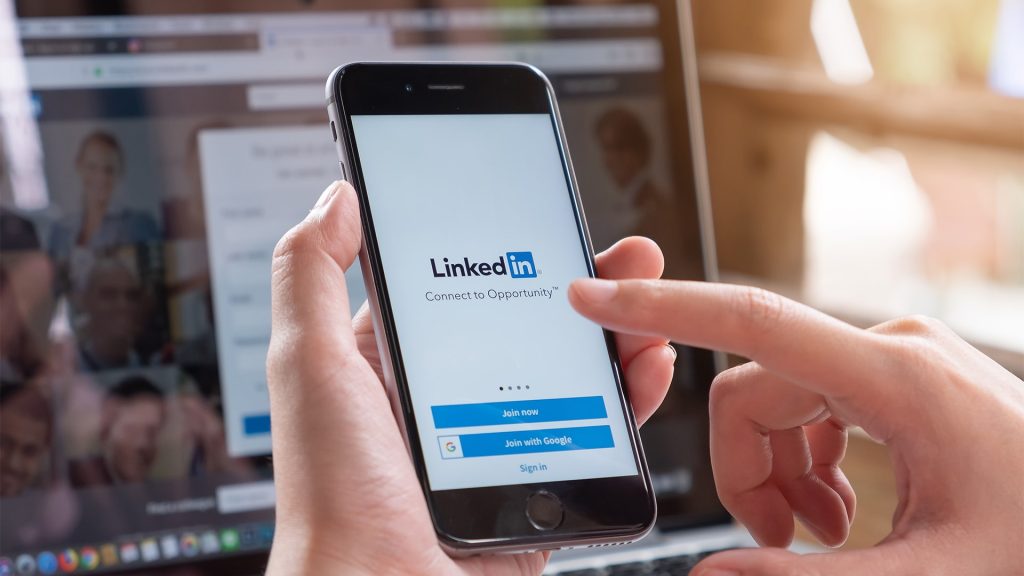
In today’s competitive job market, a well-crafted LinkedIn profile can be the difference between landing your dream job and getting overlooked. With millions of professionals on LinkedIn, creating a profile that catches a recruiter’s attention isn’t just beneficial – it’s essential. Let’s explore how you can elevate your LinkedIn profile to a professional standard that truly stands out.
LinkedIn profiles often serve as a virtual resume, but with so much more to offer. Recruiters and hiring managers look for authenticity, expertise, and potential in candidates’ profiles. The following sections will guide you on what to focus on to make your profile recruiter-friendly.
Your LinkedIn profile is often the first impression recruiters have of you. A polished profile not only demonstrates your skills but also shows you’re actively engaged in your career field. Here’s how to make sure it works in your favor.
Your headline is one of the first things a recruiter sees. Make it count by keeping it concise, relevant, and keyword-optimized. Instead of just listing your job title, consider using phrases that highlight your skills and expertise. For example, a headline like “Certified Executive Resume Writer | LinkedIn Coach | Career Development Expert” is far more eye-catching than just “Career Coach.”
Your About section is where you can truly tell your career story. Use this space to share what drives you professionally, your core skills, and your achievements. Keep it engaging but direct. For example, if you’re a certified LinkedIn writer, you might mention how you’ve helped clients increase visibility, get interviews, and land jobs.
Showcasing Key Skills and Achievements: Use bullet points or short paragraphs to highlight your unique skills and achievements. Be sure to include specifics, such as the number of clients you’ve worked with or the measurable impact you’ve had.
Instead of just listing your responsibilities in previous roles, use action words that demonstrate your impact. Words like “led,” “improved,” “generated,” and “achieved” can help showcase your contributions. Focus on achievements rather than tasks.
Like any other digital profile, SEO matters on LinkedIn. Recruiters often search by keywords, so think about what they’d be searching for in your industry. If you’re an executive resume writer or career management coach, use these terms throughout your profile to make it easier for recruiters to find you.
Best Keywords for Different Career Stages: Choose keywords that match where you are in your career. For entry-level, focus on specific skills, while more senior profiles can include broader terms like “leadership” or “strategic planning.”

A professional, high-quality profile picture creates a positive first impression. Additionally, LinkedIn allows you to add media samples to your profile, so consider uploading work samples, presentations, or other relevant documents that showcase your expertise.
LinkedIn allows you to list up to 50 skills. Make sure the ones you include reflect your actual expertise and align with the job titles you’re interested in. Endorsements from colleagues and clients can also boost your credibility.
Gathering Endorsements Strategically: Reach out to people you’ve worked closely with and ask for endorsements for your most relevant skills. In return, you can offer to endorse them, which often builds goodwill.
Certifications tell recruiters you’re committed to professional growth. If you’re certified as an executive resume writer or LinkedIn coach, be sure these qualifications are listed. They signal your dedication and expertise in your field.
If you’re transitioning careers, ensure your profile reflects your new direction. Highlight transferable skills and adjust your About section to showcase your enthusiasm for the change. Recruiters appreciate seeing profiles that clearly outline career transitions, as it shows intentional growth.
LinkedIn is a powerful networking tool when used effectively. Start by connecting with people in your industry, but go beyond this by joining LinkedIn Groups and engaging with industry content. Personalized connection requests are key—make sure you explain why you want to connect.
The Power of LinkedIn Groups: Joining and participating in LinkedIn Groups can expose you to more professionals and help you stay updated on industry trends. It’s a great way to network passively while learning.
Your LinkedIn profile is an opportunity to establish your brand. From your headline to your posts, aim for consistency in how you portray yourself. Post content that reflects your expertise and aligns with the image you want to convey.
Recruiters actively use LinkedIn to search for talent. By keeping your profile updated, posting relevant content, and networking with industry professionals, you’ll stay visible and relevant. This visibility can make a difference when recruiters are looking for candidates to fill open positions.
Recommendations serve as testimonials for your skills and work ethic. Reach out to former colleagues or clients who can vouch for your abilities. Be sure to personalize your request and specify what you’d like them to highlight. In return, offer to write recommendations for them as well.

A strong LinkedIn profile can significantly boost your career prospects by making you stand out to recruiters. By following the steps outlined in this guide, you can create a profile that accurately reflects your expertise and draws the attention of recruiters.
💡 Stay Inspired and Informed!
Enjoyed this post? Subscribe to our newsletter for exclusive career tips, insights, and resources delivered straight to your inbox. Sign up here!
1. What are the most important elements in a LinkedIn profile?
The headline, About section, experience details, and profile photo are the most critical elements for making a strong first impression.
2. How often should I update my LinkedIn profile?
It’s a good idea to review and update your profile every few months or whenever you achieve a significant career milestone.
3. Should I accept all LinkedIn connection requests?
No, it’s best to connect with people relevant to your industry or career goals to keep your network valuable.
4. Can LinkedIn help in career transitions?
Absolutely! LinkedIn is a great tool for career transitions. Update your profile to reflect your new career goals, and connect with people in your desired industry.
5. What’s the best way to gain LinkedIn recommendations?
Reach out to people you’ve worked closely with and ask for specific recommendations. Offer to provide recommendations in return, as this often encourages reciprocation.
Let’s Connect and Ignite Your Career!
Follow Us on Social Media for the Latest Blogs & Updates
Join us on:
Don’t miss out on our exciting updates and be part of a thriving career community!
© 2024 Avita | All Rights Reserved
This website uses cookies to improve your experience. We’ll assume you’re ok with this, but you can opt-out if you wish.
If you would like to view our resume samples, please enter your email address.